Gerard Hillier was Head Coach for the Australian U18 3X3 Women at the 2018 Youth Olympic Games in Buenos Aires, Argentina.
PREPARATION PHASE
Preparation for the Games were well and truly underway about three months before our departure for Argentina, discussions around: what our style of play would be; how we’d best utilise the skill sets of our selected players; what preparatory work we would need the players to conduct prior to departure; and scouting other nations to get a good feel for how they would play. There was a lot of work to be done to best prepare our team for competition.
The planning phase for the tournament was crucial, as we didn’t have a large amount of international experience in the 3X3 game to draw from within Australia compared to that of the other nations. And given the majority of our 3X3 experience was within the Asia Region only, we had a lot of work to do in order to prepare for the Europeans and Americas, who are all well advanced in the 3X3 world.
To help with the process, we broke the planning phase down into categories and worked our way through them one-by-one. The categories were as follows:
Identifying the best in the world
- Who are they?
- What do they do well?
- What are their offensive and defensive concepts?
- What will our point of difference be versus them?
Creating our identity for the tournament
- Who are we?
- What are we best suited to doing well?
- What will our skill set allow us to do well?
- What will our skill set restrict us from doing well?
- What will our points of difference be?
Luckily for us there was an abundance of film readily available, as the European countries had just finished the U18 European Championships, and the Asia Region had also recently completed their U18 Asia Championships, so we had all the film we needed to start the planning phase.
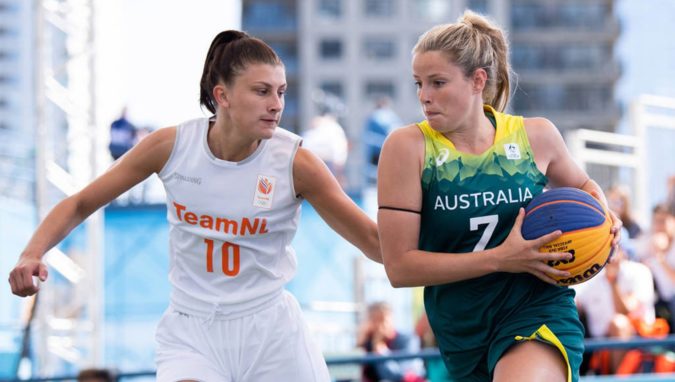
After watching countless amounts of film, taking pages upon pages of notes, and drawing up – god knows how many – offensive sets, it became really clear as to what we would need to focus on in regard to forming our identity, and also preparing for the opposition.
It is interesting to note that at no stage in the planning phase did we ever mention winning, it was always purely based around what the players would need in order to be best prepared. This is something I didn’t even release until a mentor pointed this out to me after the tournament. Though we obviously wanted to win games, our priority was focused on preparation, and winning would be a bi-product.
We had a clear understanding of how we wanted to play, and also a clear plan of how we were going to disrupt other teams based on our skill sets and ability.
We were now 14 days out from the start of the 2018 Youth Olympic Games when the IOC/FIBA released the pools for the 3X3 basketball competition; we were placed in a pool with Spain, Netherlands, Estonia, and Czech Republic. It was dubbed the “pool of death”, and from all the video footage we had watched, the pool was appropriately named given we had a number of 3X3 world powerhouses within it.
Three days out from departure, we all met as a team for the first time at the AOC Youth Olympic Games ‘Champ Camp’, where athletes and officials would attend a range of information sessions, planning meetings, uniform fitting and a variety of other official events. We managed to get a training session in whilst at the Champ Camp, where we were fortunate enough to have some members from the NSW NITP come in and scrimmage against us for a few hours, this was invaluable as it was the first time we had stepped on the court together, and it gave us a lot to go away and think about as the tournament was fast approaching.
A phenomenal opportunity for 4 of our NSW state team ⛹️♀️ to scrimmage against the @BasketballAus 3×3 Youth Olympic Team as they prepare for the @youtholympics in Buenos Aires.
👏 to Head Coach @CoachBigGee for the opportunity and @tommygarlepp for organising the athletes. pic.twitter.com/az9JvgYTyM
— Shaun Roger (@Shaun__Roger) October 1, 2018
COMPETITION PHASE
Touch down in beautiful Buenos Aires, Argentina! Now in country and off to our first training session, it was great to finally be in country, seeing the other nations on court preparing and getting a feel for our competition. We were greeted by some challenging conditions at the training facility, with the beach volleyball and beach handball training courts right next door to our basketball courts. The amount of sand on the concrete courts made for some very slippery play, coupled with a strong cross-wind that moved your shot about two feet in the air, it made for some character building training sessions.
Though we obviously wanted to win games, our priority was focused on preparation, and winning would be a bi-product.
Once again, we were fortunate enough to have some practice games before the tournament officially started. We went around the Olympic Village dining hall finding other nations’ 3X3 coaches, then tried to organise a few practice games. This was something that greatly assisted our preparation, not only had we not played together, these practice games settled the nerves and gave the team some confidence heading in to game one.
Our main areas of focus in the lead up to game one were:
Contested finishing, playing with and against physicality
- The amount of physicality in the 3X3 game is vastly more than that of the traditional 5-on-5. You must be able to finish at the rim while being pushed/bumped as, more often than not, a foul will not be called.
Defending the on-ball screen
- With only three players on the court, switching the on-ball screen is the most common way of handling the on-ball, though the importance of getting below the screener and “jamming” them to prevent any rolling/diving action is paramount, as weak side help or rotations are often not available.
Defending the clearance
- No direct passes out to the perimeter – must make them dribble it out.
- Use physicality to push them towards the corner of the court, try and not allow clearances to the top/middle of the court which limit their options.
- Run them off the line. If they do make a direct pass out, no catch and-shoot, run them off the line and we would be in automatic ‘go’ rotations (everyone rotates to a new player/position)
📹 Lights, camera, action – see how Fowler, Deegan, Smith and Porter looked over their first 2 games in Buenos Aires 🇦🇷 ☀️@BuenosAires2018 @BasketballAus #YouthOlympics #3x3YOG pic.twitter.com/6RGCQOv0iT
— 3x3Hustle (@3x3Hustle) October 11, 2018
Offensive concepts
- We went with a more dribble drive motion type set up, being attacking at the rim with relentless pressure seemed to suit our group.
- Having an emphasis on cutting actions, receiver spots, re-penetration angles, and post relocation areas.
- Set plays off a dead ball situation was mainly Horns sets, basic pick & roll, flare screens, or re-screening actions. The main focus on the screening actions was to set the screens and allow our screener to roll/dive into the ‘naked’ side of the floor (where there is no help available), as some teams were very capable of making a three-way switch if you set a three-player wing on-ball (diver, corner lifter etc.)
Using physicality
- We wanted the players to be the aggressors in each game, we would rather the players need to tone it down a little, than need to become more aggressive in games.
- Using your legs, hips, and chest is really important as they rarely call contact from this, though they still call hands fouls as per normal for the most part.
- Shifting post players with our legs, as we were undersized we needed all players to be able to dig in and shift a bigger post player, and using your legs and forearms was what we went with.
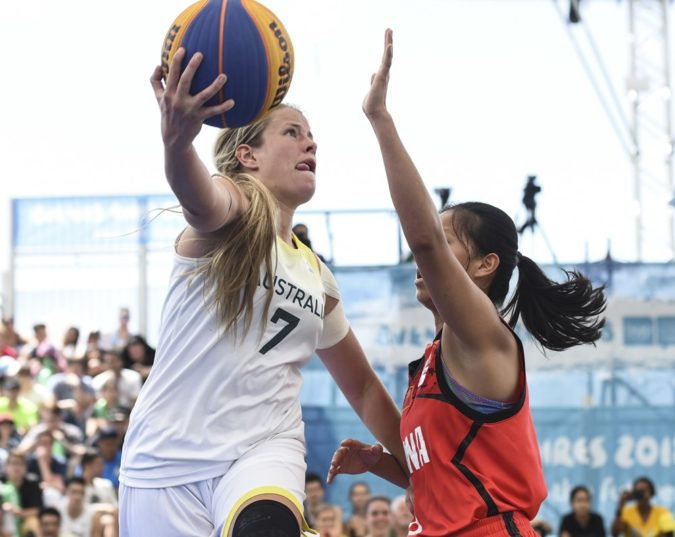
It was really pleasing that the team was not only able to form an identity, but they were also successful with the style of play we created. We had a clear understanding of how we wanted to play, and also a clear plan of how we were going to disrupt other teams based on our skill sets and ability. The team had a lot of buy in, and really forged a tough and together mindset each game, particularly on the defensive end where they managed to grind and break teams down over the course of the game.
The end result was a bronze medal for the team, which was a fantastic result when we consider how tough our pool was to progress from in the first place. Then meeting Ukraine in the quarter final and France in the semi-final, it was a tough run and even tougher with the overtime loss to France in the semi-final, but really rewarding to see the team bounce back and beat world number one China in the bronze medal game.
LEARNINGS
Some really beneficial learning’s that we took away from the tournament, and dot points that I believe could help others as they prepare for the 3X3 world are as follows:
- Pace and physicality: Players must be conditioned to play a much quicker and vastly more physical type of game – it is draining.
- Finishing: Must be able to finish at the rim with contact rather than waiting for bail out calls from the officials, as they’re most likely not going to be called.
- Shot selection: Knowing what a good shot or a not so good shot is, is very important, this is something we struggled with from time to time. What is a good shot for you team? What are we trying to get?
- Defending the on-ball: Whatever you go with it must be well executed, with not a lot of help defenders to cover a breakdown.
- Empower the players to make plays or change things up: As a coach you’re sitting in the stands, so players need to have the I.Q and confidence to make a call without the coach.
- Similar to the above dot point, players need to be able to make appropriate subs and call time outs during the game: What does the team need? Who do we need on? How do we stop a run? How do we create a run?
- Teaching 3X3: A lot of what we already teach in the 5-on-5 game is easily transferable to the 3X3 game, in particular our 1v1, 2v2, and 3v3 breakdown work. The spacing might need to be reviewed, however the concepts are the same.
- This is not street ball: I heard this term a million times in the lead up to the tournament, this is 3X3 basketball.
- Encourage players to give it a go: This is a new and exciting pathway for players who might not necessarily fit the elite pathway of the 5-on-5 world.
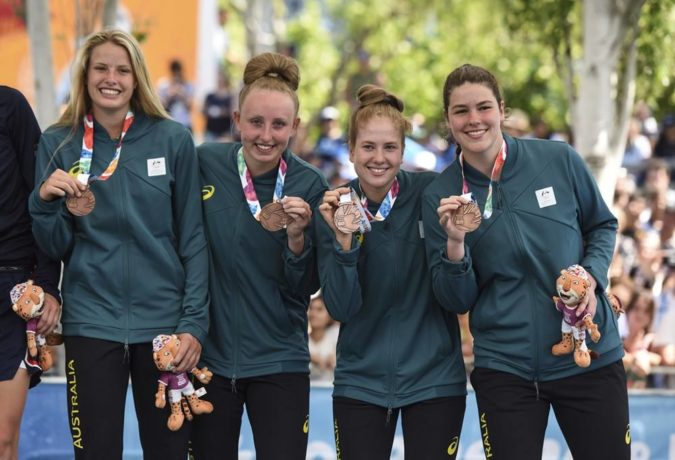
If you have not had any experience in the 3X3 game, I would strongly encourage you to get along and check out a tournament. Start running some 3X3 mini tournaments within your program or team. I know my players back at club level absolutely love it as it is fast, physical, gives them a platform to go and put their full skill set on display, and it is largely player owned and driven which empowers them. You’ll be “living with the mess” a lot of the time, that is where the learning and development begins.
I will look on with great interest and see how this format of the game develops and grows within Australia. There is a whole new pathway and a lot of new opportunities that come with the 3X3 game, so check it!
https://twitter.com/CoachBigGee/status/1052647680680157184



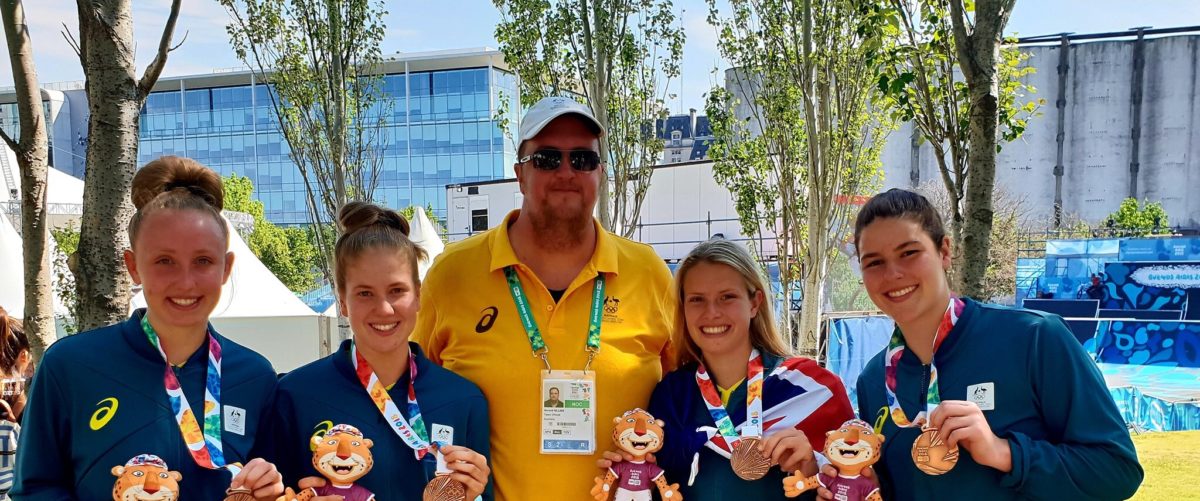
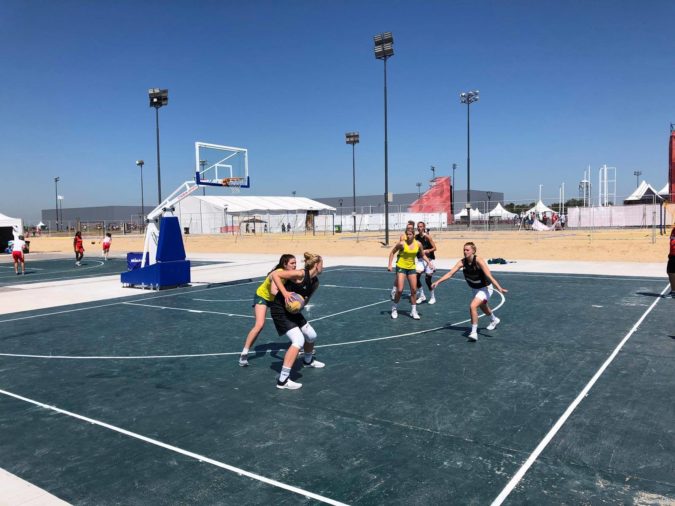

Fantastic report and great effort Coach G Would like to see 3 x 3 shot rosters pre season